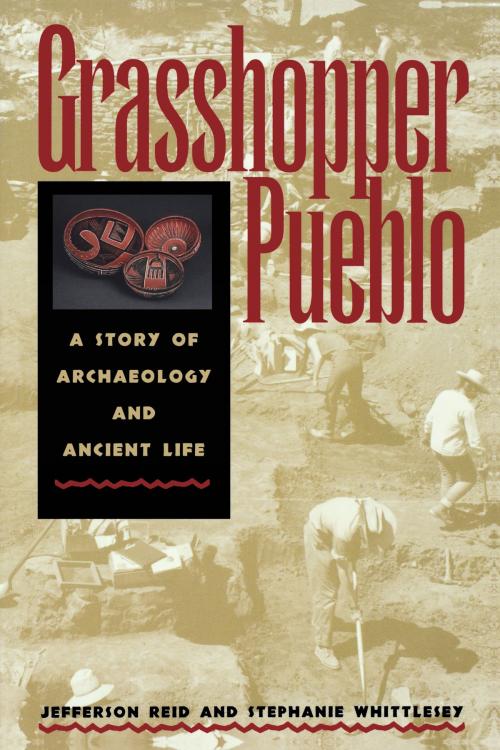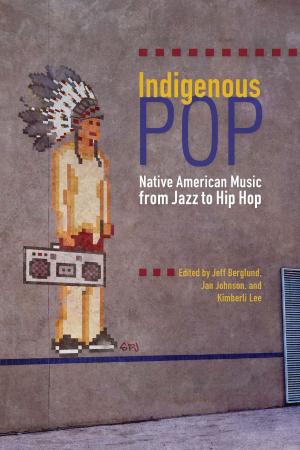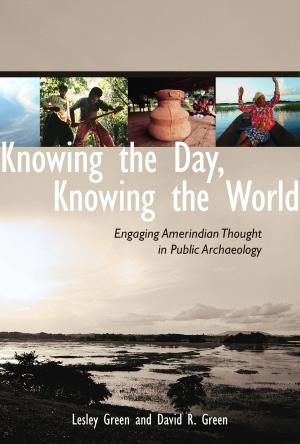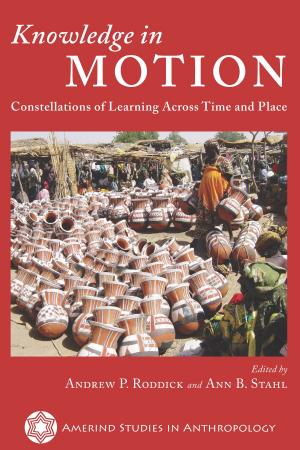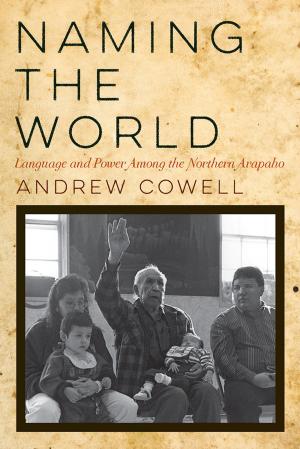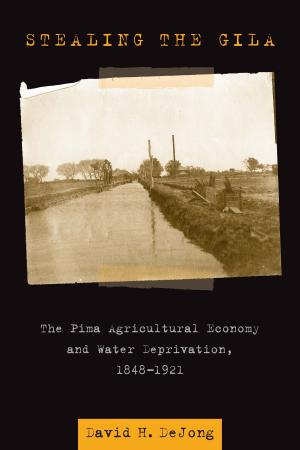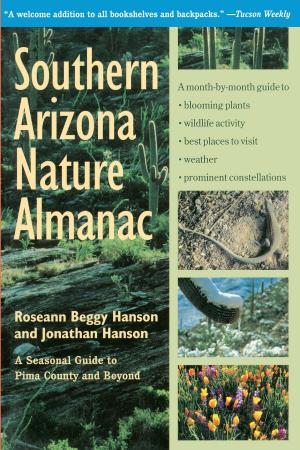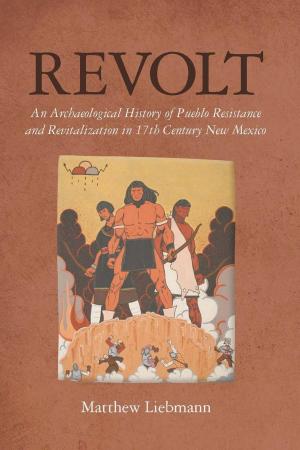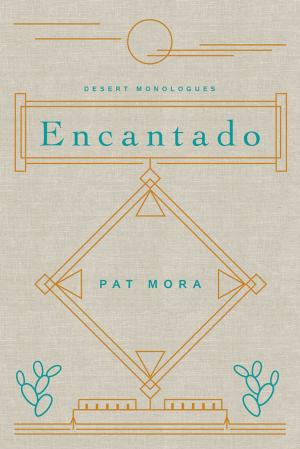Grasshopper Pueblo
A Story of Archaeology and Ancient Life
Nonfiction, Social & Cultural Studies, Social Science, Archaeology| Author: | Jefferson Reid, Stephanie Whittlesey | ISBN: | 9780816533169 |
| Publisher: | University of Arizona Press | Publication: | November 1, 2015 |
| Imprint: | University of Arizona Press | Language: | English |
| Author: | Jefferson Reid, Stephanie Whittlesey |
| ISBN: | 9780816533169 |
| Publisher: | University of Arizona Press |
| Publication: | November 1, 2015 |
| Imprint: | University of Arizona Press |
| Language: | English |
Located in the mountains of east-central Arizona, Grasshopper Pueblo is a prehistoric ruin that has been excavated and interpreted more thoroughly than most sites in the Southwest: more than 100 rooms have been unearthed here, and artifacts of remarkable quantity and quality have been discovered. Thanks to these findings, we know more about ancient life at Grasshopper than at most other pueblos. Now two archaeologists who have devoted more than two decades to investigations at Grasshopper reconstruct the life and times of this fourteenth-century Mogollon community.
Written for general readers—and for the White Mountain Apache, on whose land Grasshopper Pueblo is located and who have participated in the excavations there—the book conveys the simple joys and typical problems of an ancient way of life as inferred from its material remains. Reid and Whittlesey's account reveals much about the human capacity for living under what must strike modern readers as adverse conditions. They describe the environment with which the people had to cope; hunting, gathering, and farming methods; uses of tools, pottery, baskets, and textiles; types of rooms and households; and the functioning of social groups. They also reconstruct the sacred world of Grasshopper as interpreted through mortuary ritual and sacred objects and discuss the relationship of Grasshopper residents with neighbors and with those who preceded and followed them.
Grasshopper Pueblo not only thoroughly reconstructs this past life at a mountain village, it also offers readers an appreciation of life at the field school and an understanding of how excavations have proceeded there through the years. For anyone enchanted by mysteries of the past, it reveals significant features of human culture and spirit and the ultimate value of archaeology to contemporary society.
Located in the mountains of east-central Arizona, Grasshopper Pueblo is a prehistoric ruin that has been excavated and interpreted more thoroughly than most sites in the Southwest: more than 100 rooms have been unearthed here, and artifacts of remarkable quantity and quality have been discovered. Thanks to these findings, we know more about ancient life at Grasshopper than at most other pueblos. Now two archaeologists who have devoted more than two decades to investigations at Grasshopper reconstruct the life and times of this fourteenth-century Mogollon community.
Written for general readers—and for the White Mountain Apache, on whose land Grasshopper Pueblo is located and who have participated in the excavations there—the book conveys the simple joys and typical problems of an ancient way of life as inferred from its material remains. Reid and Whittlesey's account reveals much about the human capacity for living under what must strike modern readers as adverse conditions. They describe the environment with which the people had to cope; hunting, gathering, and farming methods; uses of tools, pottery, baskets, and textiles; types of rooms and households; and the functioning of social groups. They also reconstruct the sacred world of Grasshopper as interpreted through mortuary ritual and sacred objects and discuss the relationship of Grasshopper residents with neighbors and with those who preceded and followed them.
Grasshopper Pueblo not only thoroughly reconstructs this past life at a mountain village, it also offers readers an appreciation of life at the field school and an understanding of how excavations have proceeded there through the years. For anyone enchanted by mysteries of the past, it reveals significant features of human culture and spirit and the ultimate value of archaeology to contemporary society.
